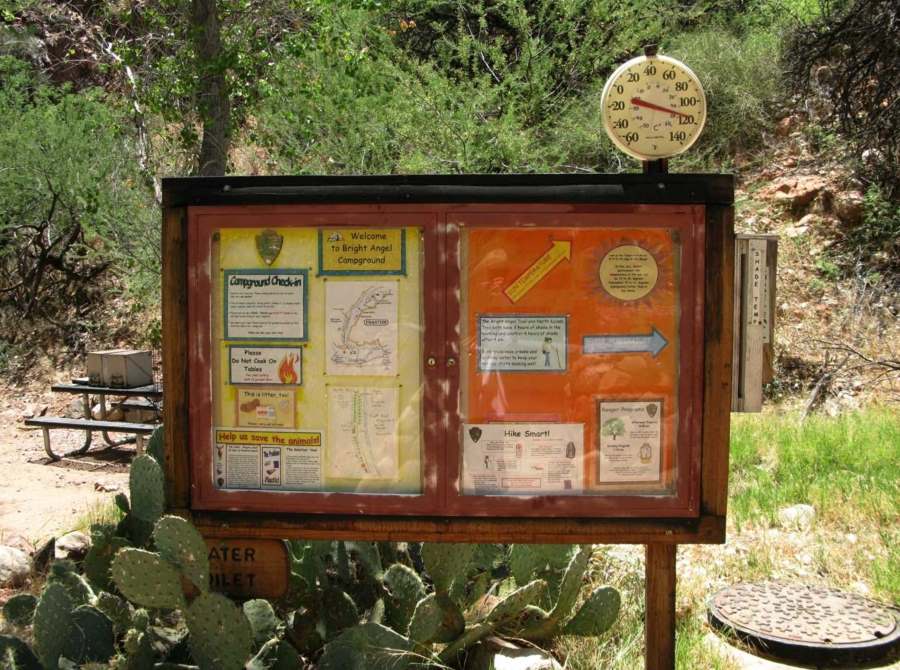Let's explore how temperature units are used across different sectors.
Healthcare:
In healthcare settings, temperature measurement is crucial for diagnosing illnesses, monitoring patients' conditions, and assessing treatment effectiveness. Body temperature is typically measured in Celsius, with normal body temperature around 37 degrees Celsius (98.6 degrees Fahrenheit). Thermometers used in healthcare settings often provide readings in both Celsius and Fahrenheit to accommodate different preferences and standards.

Meteorology:
Meteorologists use temperature measurements to predict weather patterns, track climate trends, and issue warnings for extreme conditions. Weather forecasts commonly report temperatures in both Celsius and Fahrenheit to cater to international audiences. Temperature data collected from weather stations and satellites help scientists understand climate change and its impact on the environment.
Engineering:
Temperature plays a critical role in various engineering applications, such as HVAC (Heating, Ventilation, and Air Conditioning) systems, automotive engineering, and materials science. Engineers use temperature measurements to design and optimize systems for thermal management, ensuring efficient operation and safety. Temperature units are essential for calculating thermal expansion, determining material properties, and conducting heat transfer analyses in engineering projects.
Overall, temperature units are indispensable in healthcare for monitoring health, in meteorology for predicting weather, and in engineering for designing and optimizing systems. Understanding and accurately measuring temperature are vital for ensuring human well-being, environmental sustainability, and technological advancement in these industries.
